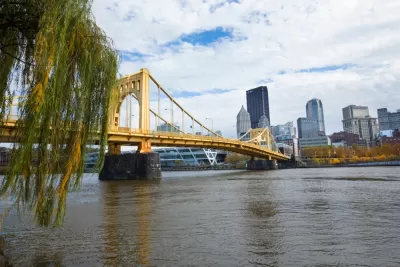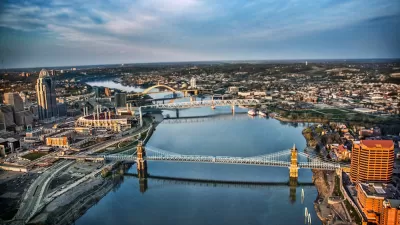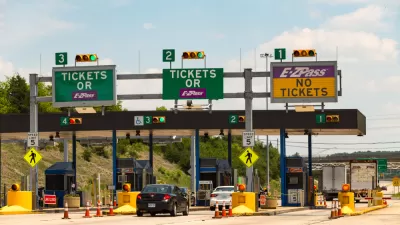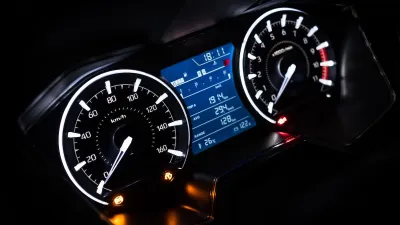With gas tax revenues projected to fall this fiscal year due to the pandemic, the Pennsylvania Department of Transportation argues it needs additional revenue to bridge its growing funding gap and repair crucial infrastructure.

The Pennsylvania Department of Transportation (PennDOT) is starting a campaign to garner support for new bridge tolls, which the department deems crucial for raising enough revenue to rebuild or upgrade nine of the state's most important bridges. "Under its Pennsylvania Pathways program to find other revenue sources for transportation projects, PennDOT announced Thursday it will prepare federal paperwork to begin charging tolls of $1 to $2." The department hopes the virtual public meetings it plans to hold will be "an opportunity to convince the public about PennDOT’s funding crisis, the importance of using tolls to fund the work, and the potential reduction in state-funded local road work if the agency doesn’t find other revenue sources," reports Ed Blazina in the Pittsburgh Post-Gazette.
With the state relying on federal and state gas taxes for 74% of its revenue, the recent drop in travel and growth of electric and fuel-efficient vehicles have led to a growing gap in funding for infrastructure projects. Tolling is an effective and increasingly popular way to replace lost revenue. "Across the country, 195 roads, 137 bridges and 15 tunnels generate about $22 billion annually through tolls." Ken McClain, director of PennDOT’s Alternative Funding Program, says the department has an "enormous responsibility" to the people who drive on the state's bridges and roads every day. "We cannot afford to let these major bridges fail," he said. "If tolling is approved at all nine sites, the funds will pay for $1.6 billion to $2.2 billion worth of work and allow the agency to use gas tax money for other projects."
FULL STORY: PennDOT begins the task of selling the importance of bridge tolls

Study: Maui’s Plan to Convert Vacation Rentals to Long-Term Housing Could Cause Nearly $1 Billion Economic Loss
The plan would reduce visitor accommodation by 25,% resulting in 1,900 jobs lost.

North Texas Transit Leaders Tout Benefits of TOD for Growing Region
At a summit focused on transit-oriented development, policymakers discussed how North Texas’ expanded light rail system can serve as a tool for economic growth.

Why Should We Subsidize Public Transportation?
Many public transit agencies face financial stress due to rising costs, declining fare revenue, and declining subsidies. Transit advocates must provide a strong business case for increasing public transit funding.

How to Make US Trains Faster
Changes to boarding platforms and a switch to electric trains could improve U.S. passenger rail service without the added cost of high-speed rail.

Columbia’s Revitalized ‘Loop’ Is a Hub for Local Entrepreneurs
A focus on small businesses is helping a commercial corridor in Columbia, Missouri thrive.

Invasive Insect Threatens Minnesota’s Ash Forests
The Emerald Ash Borer is a rapidly spreading invasive pest threatening Minnesota’s ash trees, and homeowners are encouraged to plant diverse replacement species, avoid moving ash firewood, and monitor for signs of infestation.
Urban Design for Planners 1: Software Tools
This six-course series explores essential urban design concepts using open source software and equips planners with the tools they need to participate fully in the urban design process.
Planning for Universal Design
Learn the tools for implementing Universal Design in planning regulations.
City of Santa Clarita
Ascent Environmental
Institute for Housing and Urban Development Studies (IHS)
City of Grandview
Harvard GSD Executive Education
Toledo-Lucas County Plan Commissions
Salt Lake City
NYU Wagner Graduate School of Public Service





























